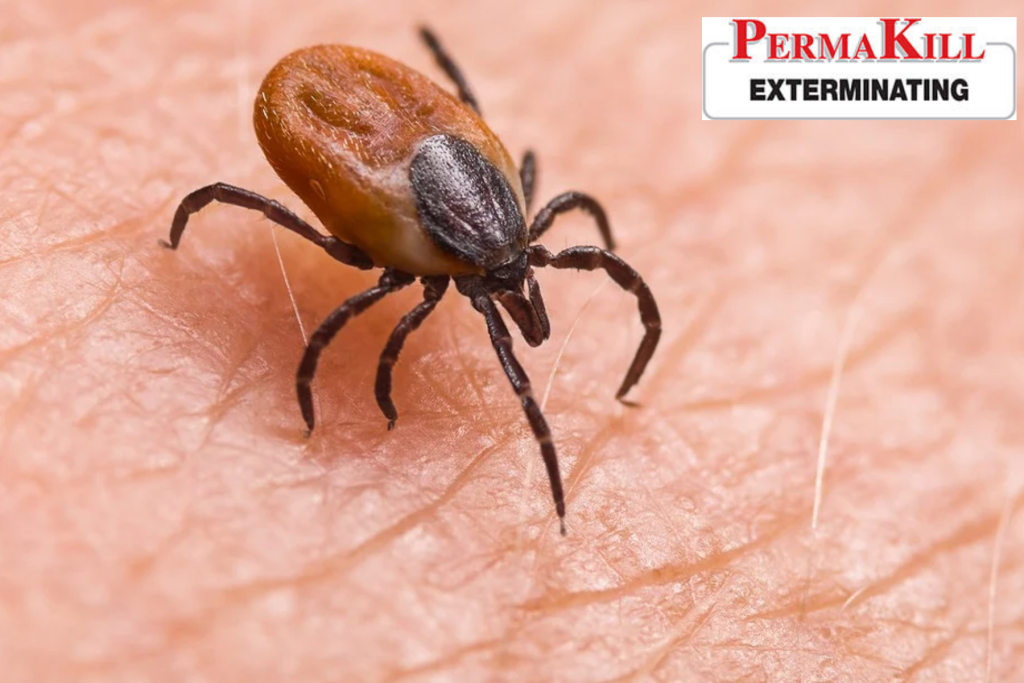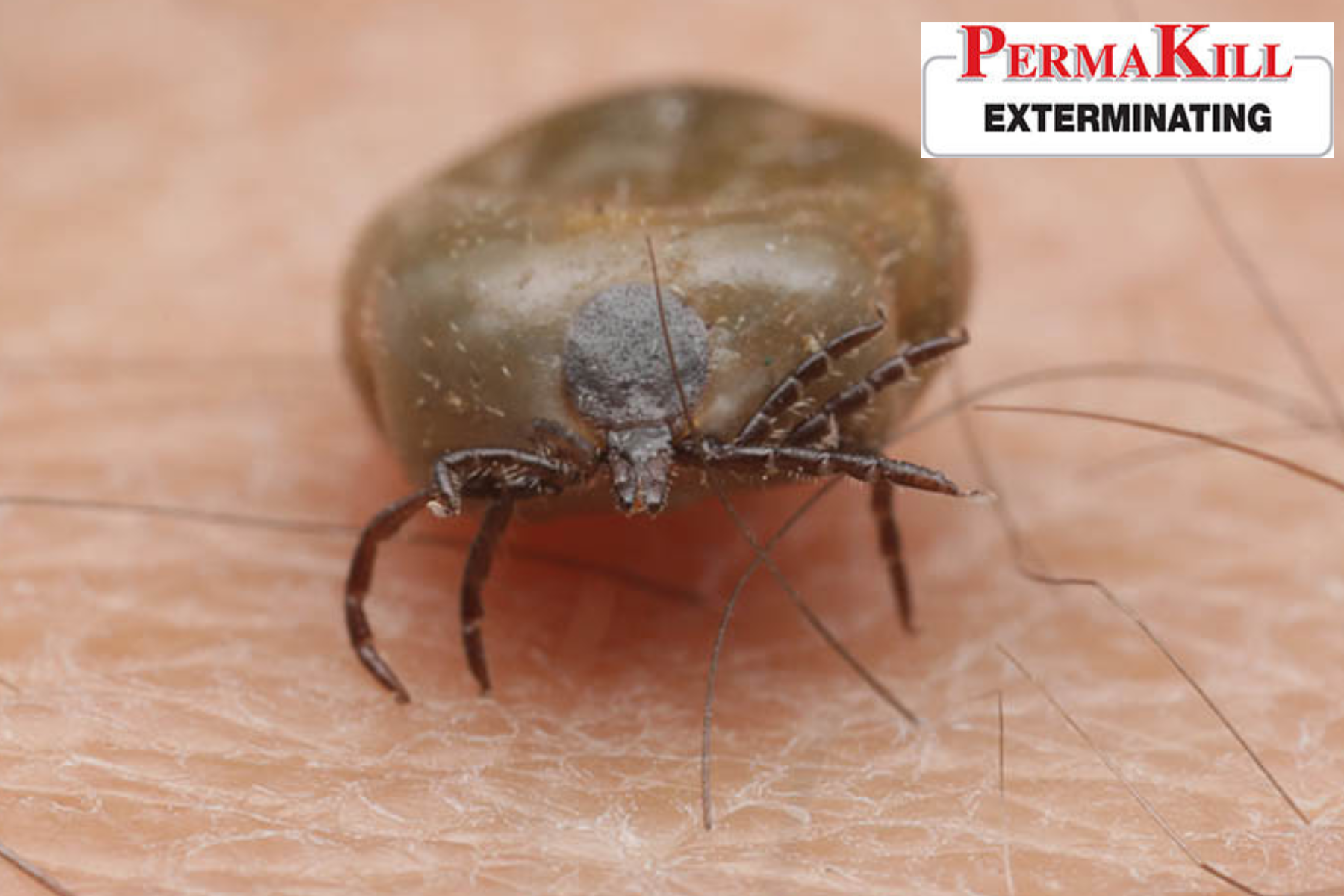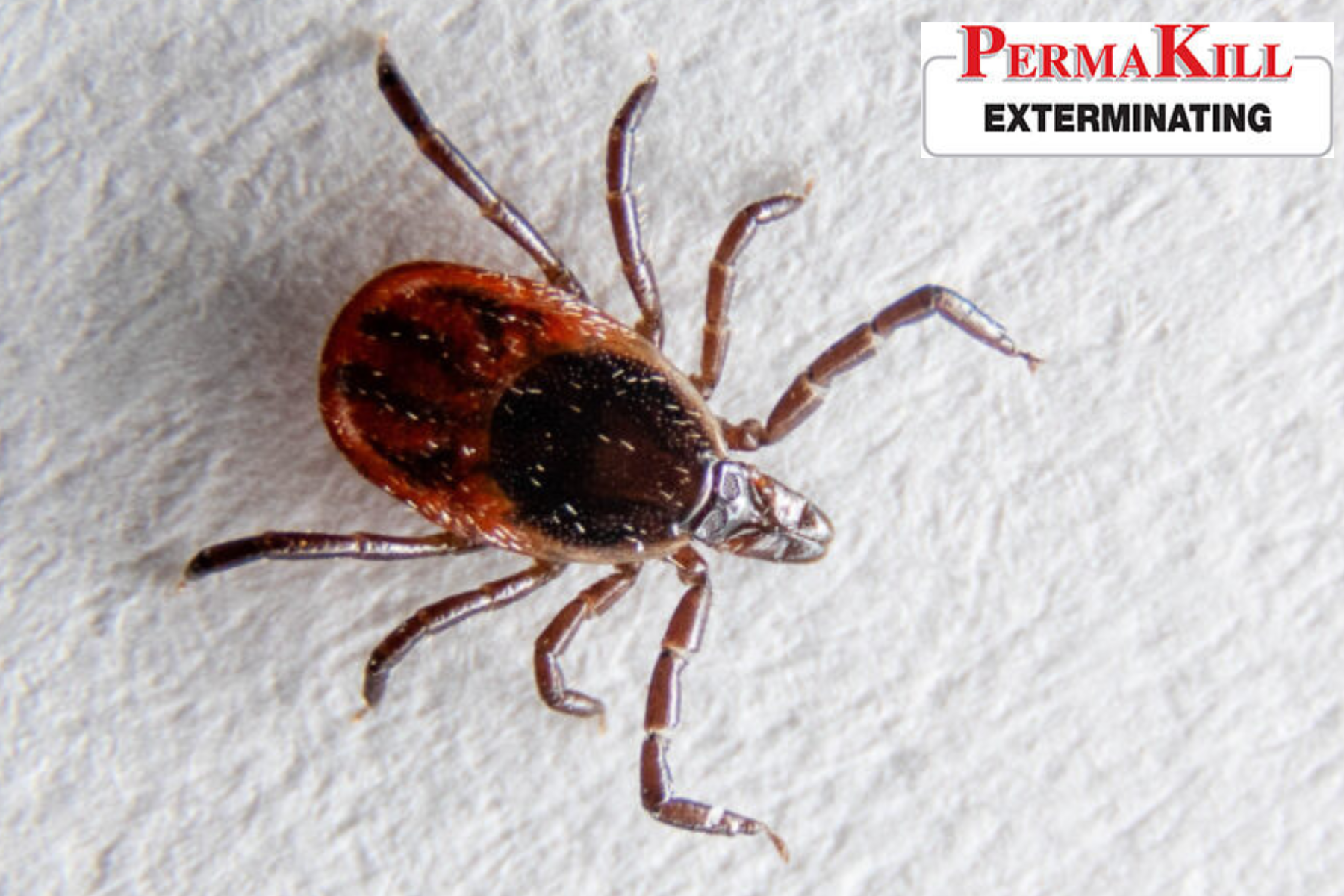Bites from spiders or ticks can often be mistaken for one another, especially when you’re dealing with itchy, red, or swollen skin. Both types of bites can cause discomfort, but the signs, symptoms, and risks differ. It’s important to identify whether you have a spider bite vs. tick bite to ensure you seek the right treatment. In this article, we’ll break down the differences between spider and tick bites, help you spot the signs, and offer tips for prevention and treatment.
Understanding Spider Bites
Spiders are commonly found in homes, garages, basements, and outdoor spaces. While most spiders are harmless, certain species can bite, causing reactions that range from mild irritation to severe reactions. A spider bite typically occurs when the spider feels threatened or is disturbed.
Common Spider Bites Symptoms
- Itchy Redness: The most common symptom of a spider bite is itching, followed by redness around the bite site. You may notice a small puncture wound or a raised bump.
- Swelling: The bite may swell up, and the area around it may become inflamed.
- Pain or Burning Sensation: Some spider bites, especially from species like the brown recluse, can cause pain or a burning sensation.
- Necrosis: In rare cases, certain spiders like the brown recluse can cause necrosis (death of tissue) around the bite site. This results in a worsening of the wound with a dark center.
Types of Spiders That Bite
- Black Widow: Found in dark, secluded areas such as basements and sheds, black widow bites are usually painless at first but can cause muscle pain, sweating, and severe cramps.
- Brown Recluse: This spider hides in dark corners and areas like attics or closets. Its bite often goes unnoticed initially but can cause significant tissue damage over time.
- Hobo Spiders: Although not as venomous, their bites can cause redness and swelling at the site.
If you suspect you’ve been bitten by a dangerous spider, especially if you experience symptoms like muscle cramps or nausea, seek immediate medical attention.
Understanding Tick Bites
Ticks are blood-feeding parasites that thrive in grassy or wooded areas. Unlike spiders, which generally bite as a defense mechanism, ticks latch onto their hosts for an extended period to feed on blood. Tick bites are more commonly encountered in outdoor environments but can also occur in your yard if ticks are present.
Common Tick Bite Symptoms
- Small Red Bump: A tick bite typically looks like a small, red bump, similar to a mosquito bite. The bite itself may be barely noticeable because ticks inject a numbing agent before attaching.
- Swelling: The bite area may swell, similar to a spider bite, but the swelling tends to be more uniform and less painful.
- Rash or Fever: Certain tick species, such as the deer tick, can transmit diseases like Lyme disease, which may cause symptoms like a rash, fever, or flu-like symptoms within a few days to weeks after the bite.
- Tick Attachment: Unlike spider bites, a tick bite is usually associated with the tick itself, which may still be attached to your skin.
Types of Ticks and Their Risks
- Deer Tick: The deer tick is notorious for transmitting Lyme disease. The bite from this tick often goes unnoticed, and the infected person may later develop a characteristic bull’s-eye rash.
- Wood Tick: Wood ticks are commonly found in wooded areas. Their bites can cause irritation, and they may transmit diseases such as Rocky Mountain spotted fever.
- Dog Tick: These ticks are often found on dogs and other animals. Tick bite symptoms in dogs can include redness, swelling, and fever.
Tick Bite Symptoms in Dogs
If your pet has been exposed to ticks, it’s important to check them regularly. Tick bite symptoms in dogs can include localized swelling, irritation, and fever. Some ticks may also transmit Lyme disease to your dog. If you notice unusual behavior in your pet, such as lethargy, loss of appetite, or limping, consult with a veterinarian.
How to Differentiate Between Spider and Tick Bites
While both types of bites can cause similar symptoms, there are some distinct differences you can look for to tell a spider bite vs tick bite apart.
Time of Exposure
- Tick Bites: Ticks attach to their hosts for an extended period (several hours to days). If you find a tick attached to your skin, it’s likely a tick bite.
- Spider Bites: Spider bites typically occur quickly, often when the spider feels threatened or disturbed. There is no prolonged attachment as with ticks.
Appearance of the Bite
- Tick Bites: A tick bite typically presents as a small, round, and red bump. If the tick is still attached, you will see the tick embedded in your skin.
- Spider Bites: Spider bites typically result in a raised, inflamed bump, often accompanied by a puncture wound at the center. The area may become necrotic in more severe cases.
Pain and Symptoms
- Tick Bites: In addition to the bite itself, tick bites can lead to more systemic symptoms, such as fever, chills, or flu-like symptoms, if the tick carries a disease.
- Spider Bites: While most spider bites are localized, bites from certain species, such as the black widow, can lead to muscle pain and systemic symptoms, including nausea and sweating.
Treatment and Prevention
Spider Bites
For most spider bites, you can treat the symptoms at home by:
- Cleaning the wound with soap and water.
- Applying ice to reduce swelling.
- Taking antihistamines to manage itching.
- Seek medical attention if symptoms worsen, particularly if you suspect a dangerous spider bite.
Tick Bites
If you’ve been bitten by a tick, it’s important to remove it promptly. Use fine-tipped tweezers to grasp the tick as close to your skin’s surface as possible. Pull upward with steady, even pressure. After removal:
- Clean the bite area with rubbing alcohol or soap and water.
- Monitor for symptoms such as a rash or fever that could indicate a tick-borne illness.
- Seek medical attention if you notice a rash or flu-like symptoms within a few weeks after the bite.
Prevention Tips
- Tick Control: To avoid tick bites, check your body and pets for ticks after spending time outdoors, especially in wooded or grassy areas. If you’re looking for a solution, searching for tick control near me can provide local experts who offer effective tick prevention treatments.
- Spider Prevention: Reduce spider encounters by keeping your home clean and sealing cracks or gaps in walls, windows, and doors. Regular pest control can help minimize the presence of spiders.

Conclusion
Identifying the differences between a spider bite vs. tick bite is essential for determining the appropriate treatment. While both types of bites can cause discomfort, understanding their symptoms and risks can help you manage and prevent potential complications. If you’re unsure whether a bite is from a spider or a tick, or if you experience severe symptoms, don’t hesitate to seek medical advice. For professional pest control solutions, you can always reach out to an exterminator Hackettstown NJ to help manage any pest-related concerns around your home.
About PermaKill Exterminating
At PermaKill Exterminating, we specialize in providing comprehensive pest control solutions for residential and commercial properties. Based in Hackettstown, NJ, we are committed to keeping your home or workplace pest-free, including spiders, ticks, and other unwanted pests. Our personalized, eco-friendly approach to pest control Hackettstown NJ is designed to meet the specific needs of each property, and our expert team is here to help with everything from routine inspections to targeted treatments.





